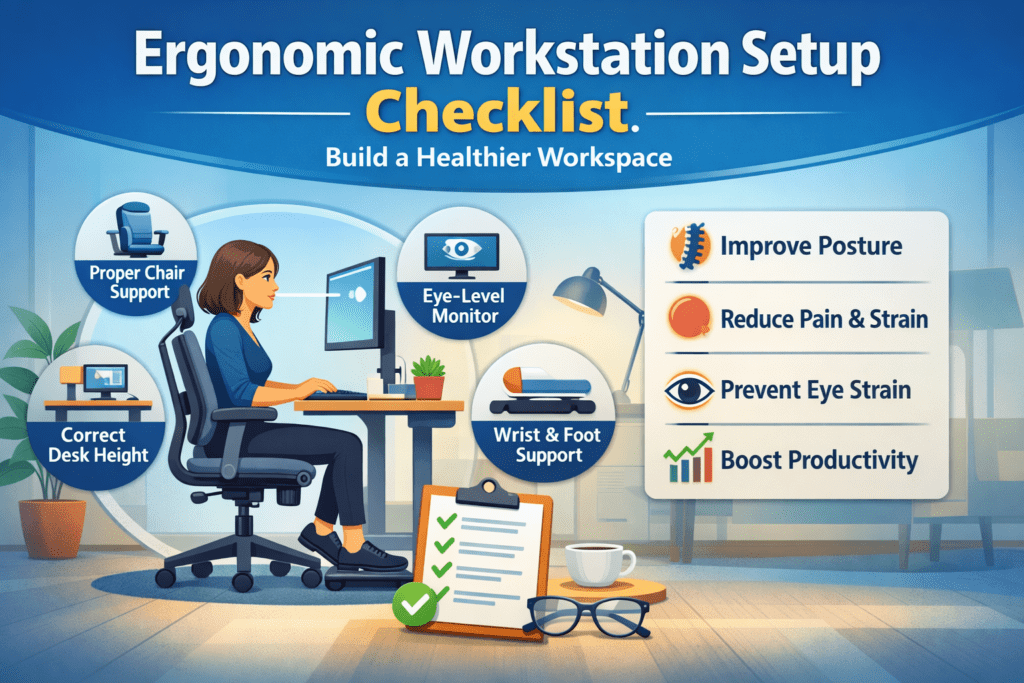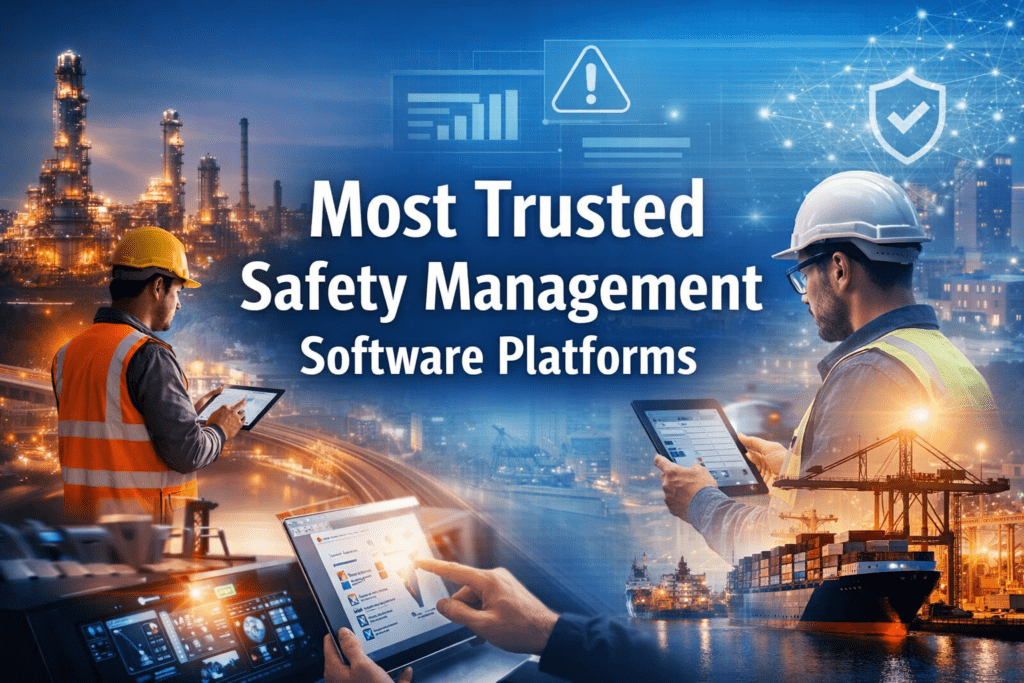Virtual Reality (VR) Training for Industrial Emergency Preparedness : A Game-Changer in Safety Training
In the world of workplace safety, where every decision and action can have life-altering consequences, fostering a culture of safety is of paramount importance. Behavior-Based Safety (BBS) is an approach that focuses on encouraging safe behavior through observation, feedback, and reinforcement. Among the many strategies in BBS, positive reinforcement stands out as a powerful tool for promoting safe practices and cultivating a safety-conscious environment.

Understanding Positive Reinforcement
Positive reinforcement is a psychological concept based on the principle that rewarding desirable behavior increases the likelihood of it recurring. In essence, it’s about acknowledging and rewarding employees for exhibiting safe behaviors in the workplace. This recognition serves as an incentive for employees to continue practicing those behaviors, ultimately contributing to a safer work environment.
In the context of safety, positive reinforcement can manifest in various forms. It can range from verbal praise and recognition to tangible rewards, such as gift cards, certificates, or even a simple ‘thank you’ note. The key is to make employees feel valued and appreciated for their commitment to safety.
The Motivational Power of Recognition
Recognition is a fundamental human need. We all crave acknowledgment for our efforts and achievements. In the workplace, this need for recognition extends to safety practices. When employees feel that their commitment to safety is noticed and valued, it motivates them to maintain and even improve their safe behaviors.
Positive reinforcement has a profound impact on employee motivation. It taps into the intrinsic motivation of individuals, making them feel proud of their contributions to safety. This positive reinforcement loop creates a self-sustaining cycle where safe behaviors are not just practiced but embraced as part of the organizational culture.
Creating a Culture of Safety
One of the primary objectives of positive reinforcement in BBS is to foster a culture of safety within an organization. A safety culture goes beyond compliance; it’s about instilling a collective mindset where safety is everyone’s responsibility, and safe behavior is the norm. Positive reinforcement plays a pivotal role in shaping this culture. When employees see their colleagues being recognized and rewarded for safe practices, it sends a powerful message that safety matters and is a core value of the organization. Over time, this cultural shift may lead to building safer workplaces with fewer incidents and accidents.
Implementing Positive Reinforcement in BBS
Implementing positive reinforcement in a BBS program requires a thoughtful approach. Here are some key steps to get you started:
1. Identify Safe Behaviors:
Begin by identifying the specific safe behaviors you want to promote within your organization. These could include wearing personal protective equipment, following safety procedures, reporting near-miss incidents, or participating in safety training.
2. Establish Clear Criteria:
Create clear and objective criteria for what constitutes each safe behavior. This ensures that employees know exactly what is expected of them.
3. Collect Data:
Use observations and data collection methods to track employees’ adherence to these safe behaviors. This data will serve as the basis for recognition and reinforcement.
4. Recognize and Reward:
Acknowledge and reward employees who consistently demonstrate the desired safe behaviors. Recognition can be public or private, but it should always be genuine and timely.
5. Communicate and Celebrate:
Share success stories and celebrate milestones with the entire organization. Highlighting the positive impact of safe behaviors reinforces their importance.
6. Gather Feedback:
Encourage employees to provide feedback on the positive reinforcement program. Their insights can help refine and improve the system over time.
7. Consistency is Key:
Consistency in applying positive reinforcement is crucial. It should not be a one-time effort but an ongoing part of your safety culture. Let’s understand by two illustrations.
Manufacturing Unit:
XYZ Manufacturing implemented a positive reinforcement program as part of its safety initiatives. Employees were recognized with monthly awards for safe behavior, and the company celebrated safety milestones with catered lunches and team-building activities. Within a year, incidents and injuries decreased significantly, and employees reported feeling more engaged and motivated to prioritize safety.
Construction Unit:
A certain construction company introduced a “Safety Star of the Month” program. Each month, the employee with the most outstanding safety record was awarded a certificate and a gift card. This program not only helped to reduce the probability accidents but also encouraged healthy competition among workers to maintain high safety standards.
The Role of EHS Consulting Companies
EHS consulting companies, with their expertise in environmental, health, and safety, can be invaluable partners in implementing effective positive reinforcement programs. Here are a few important ways they can help:
1. Customized Programs: EHS consultants can tailor positive reinforcement programs to align with your organization’s specific needs and safety goals. They understand the unique challenges in different industries and can provide tailored solutions.
2. Data Analysis: EHS consultants are skilled in collecting and analyzing safety data. They can help identify trends and patterns in safe behaviors, enabling you to target your positive reinforcement efforts effectively.
3. Employee Training: Consultants can provide training for employees and management on the importance of positive reinforcement in safety programs. This education ensures that everyone understands the role they play in creating a safer workplace.
4. Compliance and Regulations: EHS consulting firms stay up-to-date with safety regulations and standards. They can help you integrate compliance considerations into your positive reinforcement program, ensuring you meet all legal requirements.
5. Benchmarking: Consultants often have access to benchmarking data, allowing you to compare your safety performance with industry peers. This data-driven approach helps set realistic goals for positive reinforcement efforts.
In conclusion, positive reinforcement is not just a feel-good strategy; it’s a proven method for improving workplace safety. By recognizing and rewarding safe behaviors, organizations can create a culture where safety is ingrained in every employee’s mindset. EHS consulting companies bring specialized expertise to the table, helping organizations design and implement effective positive reinforcement programs. Collaborating with these consultants allows organizations to leverage their knowledge and capabilities, creating a culture of safety that benefits both employees and the bottom line. Remember, a culture of safety begins with something as simple as a “thank you” and grows into a safer, more productive, and happier workplace for everyone.












